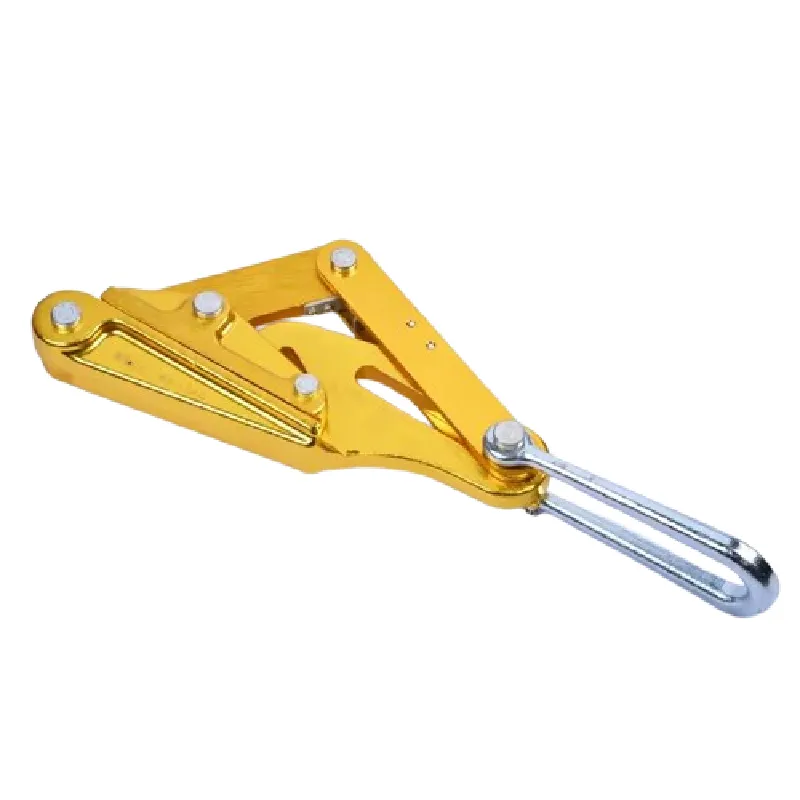
-
 Afrikaans
Afrikaans -
 Albanian
Albanian -
 Amharic
Amharic -
 Arabic
Arabic -
 Armenian
Armenian -
 Azerbaijani
Azerbaijani -
 Basque
Basque -
 Belarusian
Belarusian -
 Bengali
Bengali -
 Bosnian
Bosnian -
 Bulgarian
Bulgarian -
 Catalan
Catalan -
 Cebuano
Cebuano -
 Corsican
Corsican -
 Croatian
Croatian -
 Czech
Czech -
 Danish
Danish -
 Dutch
Dutch -
 English
English -
 Esperanto
Esperanto -
 Estonian
Estonian -
 Finnish
Finnish -
 French
French -
 Frisian
Frisian -
 Galician
Galician -
 Georgian
Georgian -
 German
German -
 Greek
Greek -
 Gujarati
Gujarati -
 Haitian Creole
Haitian Creole -
 hausa
hausa -
 hawaiian
hawaiian -
 Hebrew
Hebrew -
 Hindi
Hindi -
 Miao
Miao -
 Hungarian
Hungarian -
 Icelandic
Icelandic -
 igbo
igbo -
 Indonesian
Indonesian -
 irish
irish -
 Italian
Italian -
 Japanese
Japanese -
 Javanese
Javanese -
 Kannada
Kannada -
 kazakh
kazakh -
 Khmer
Khmer -
 Rwandese
Rwandese -
 Korean
Korean -
 Kurdish
Kurdish -
 Kyrgyz
Kyrgyz -
 Lao
Lao -
 Latin
Latin -
 Latvian
Latvian -
 Lithuanian
Lithuanian -
 Luxembourgish
Luxembourgish -
 Macedonian
Macedonian -
 Malgashi
Malgashi -
 Malay
Malay -
 Malayalam
Malayalam -
 Maltese
Maltese -
 Maori
Maori -
 Marathi
Marathi -
 Mongolian
Mongolian -
 Myanmar
Myanmar -
 Nepali
Nepali -
 Norwegian
Norwegian -
 Norwegian
Norwegian -
 Occitan
Occitan -
 Pashto
Pashto -
 Persian
Persian -
 Polish
Polish -
 Portuguese
Portuguese -
 Punjabi
Punjabi -
 Romanian
Romanian -
 Russian
Russian -
 Samoan
Samoan -
 Scottish Gaelic
Scottish Gaelic -
 Serbian
Serbian -
 Sesotho
Sesotho -
 Shona
Shona -
 Sindhi
Sindhi -
 Sinhala
Sinhala -
 Slovak
Slovak -
 Slovenian
Slovenian -
 Somali
Somali -
 Spanish
Spanish -
 Sundanese
Sundanese -
 Swahili
Swahili -
 Swedish
Swedish -
 Tagalog
Tagalog -
 Tajik
Tajik -
 Tamil
Tamil -
 Tatar
Tatar -
 Telugu
Telugu -
 Thai
Thai -
 Turkish
Turkish -
 Turkmen
Turkmen -
 Ukrainian
Ukrainian -
 Urdu
Urdu -
 Uighur
Uighur -
 Uzbek
Uzbek -
 Vietnamese
Vietnamese -
 Welsh
Welsh -
 Bantu
Bantu -
 Yiddish
Yiddish -
 Yoruba
Yoruba -
 Zulu
Zulu


Aug . 14, 2024 02:56 Back to list
Innovative Techniques for Using Fish Tape in Wire Drawing Applications and Projects
Understanding Wire Draw and Fish Tape A Comprehensive Overview
In the realm of electrical and construction industries, certain tools and techniques play pivotal roles in ensuring the efficient installation of wiring systems. Among these, wire draw and fish tape stand out as essential components for professionals and DIY enthusiasts alike.
Wire draw refers to the process of pulling wires through conduits or tight spaces, often requiring specialized tools and techniques to ensure a smooth and efficient operation. The term itself can encompass a variety of methods and tools depending on the specific job at hand. Effective wire drawing not only helps maintain the integrity of the wires but also saves time and reduces the risk of damage during the installation process.
Understanding Wire Draw and Fish Tape A Comprehensive Overview
When using fish tape, the process generally involves feeding the tape into the conduit or cavity where the wires need to be placed. Once the fish tape reaches the desired location, the wires can be attached to its end using electrical tape or other suitable means. By pulling the fish tape back through the space, the wires are drawn in seamlessly, ensuring that the installation is clean and organized. This method not only simplifies the task of pulling multiple wires but also minimizes the potential for tangling or damaging the wires.
wire draw fish tape

An important aspect of utilizing fish tape effectively is understanding the type of fish tape to be used for specific applications. While steel fish tape is known for its rigidity, making it ideal for straight pulls, fiberglass fish tape offers flexibility and resistance to moisture, making it suitable for use in damp environments. Each material has its strengths and weaknesses, and choosing the right one can significantly impact the success of the wire drawing process.
In addition to choosing the right fish tape, proper technique is crucial for a successful wire draw. Some best practices include ensuring that the tape is kept taut while being pulled back and avoiding sudden jerks, which can lead to damaging the wires or the tape itself. Moreover, assessments of the pathway before starting the drawing process can help in identifying potential snags or obstructions that may hinder the smooth installation of wires.
While wire drawing with fish tape is a straightforward process, it’s essential for professionals to remain aware of safety considerations. Electrical installations can pose risks, and the proper use of personal protective equipment (PPE) is critical. This includes insulated gloves, safety goggles, and appropriate clothing to minimize exposure to electrical hazards.
In conclusion, understanding the concepts of wire draw and the use of fish tape is essential for anyone involved in electrical installations or repairs. With their ease of use and effectiveness, fish tapes provide a reliable solution for pulling wires through challenging pathways, enhancing productivity and ensuring safety. By mastering these tools and techniques, professionals can navigate their projects with confidence, guaranteeing that installations are not only successful but also efficient and safe.
Latest news
Understanding Earth Wiring and Grounding: Essential Components for Electrical Safety
NewsAug.15,2025
The Ultimate Guide to Cable Pulling Tools and Equipment for Efficient Installations
NewsAug.15,2025
Streamline Your Projects with Advanced Cable Pulling Equipment
NewsAug.15,2025
Simplify Cable Installation with Advanced Cable Pulling Tools and Equipment
NewsAug.15,2025
Essential Guide to Link Sticks and Hot Sticks for Electrical Safety and Line Work
NewsAug.15,2025
Efficient Solutions for Cable Installation: Your Guide to Cable Pulling Winches and Equipment
NewsAug.15,2025








